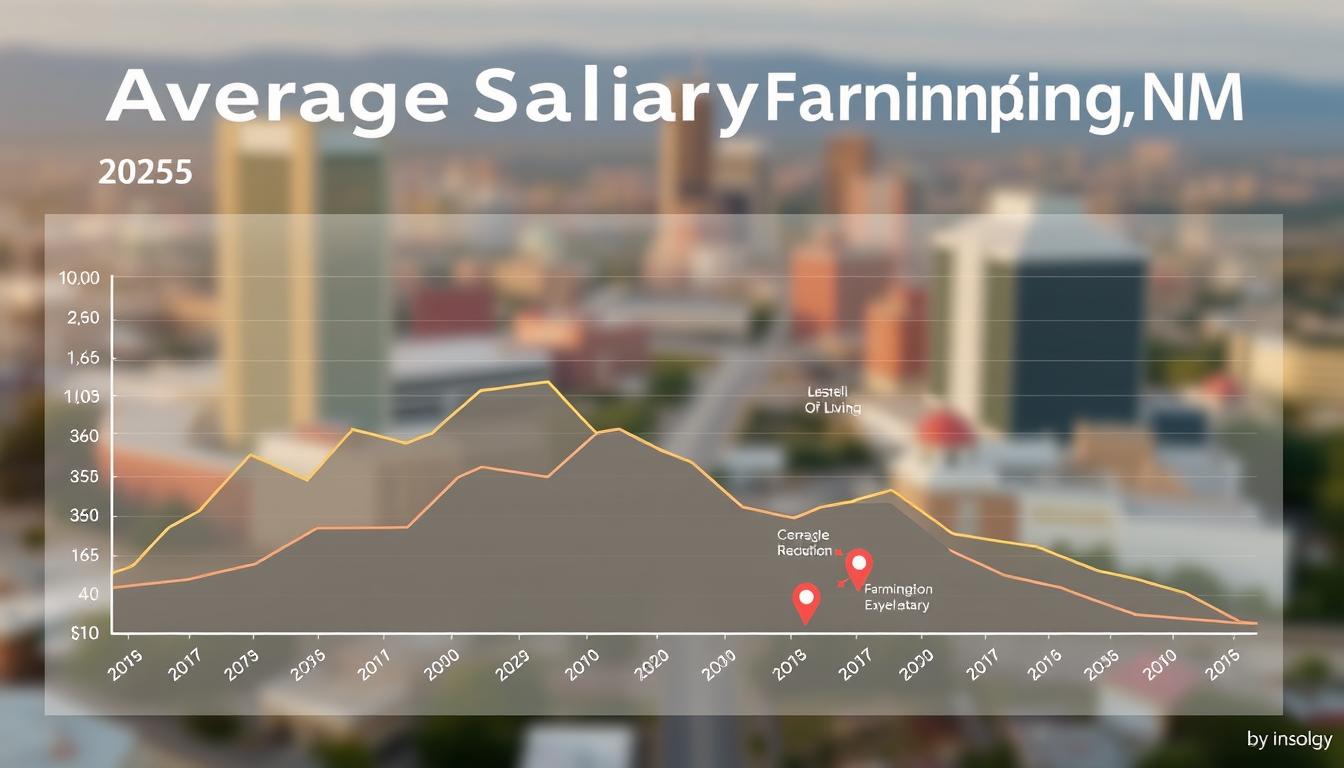Getting a job these days can be tough, right? You send out your resume, and sometimes it feels like it just disappears into a black hole. A big reason for this is that many resumes just list old job duties. But what if you could make yours really stand out? It’s all about showing off your accomplishments for resume success. Instead of just saying what you did, you need to show what you achieved. This guide will walk you through how to turn your past work into powerful statements that grab attention and get you noticed.
Key Takeaways
- Focus on what you achieved, not just what you did. This makes your resume much more interesting to hiring managers.
- Use strong action words to start your accomplishment statements. This makes them active and shows your impact.
- Place your best accomplishments in your work experience section. This is where they’ll make the most difference.
Why Does Highlighting Accomplishments for Resume Matter?

So, you’re probably wondering why all the fuss about accomplishments on a resume. Can’t you just list your job duties and call it a day? Well, not really. A resume that only lists what you did won’t make you stand out. Employers want to know how well you did it. That’s where accomplishments come in. Highlighting accomplishments is crucial because it shows potential employers the real value you bring to the table. It’s about proving you can do more than just show up; you can actually make a difference.
Makes Your Resume More Results-Oriented
Think of your resume as a marketing tool. You’re selling yourself, and accomplishments are your product’s features. Instead of just saying "Managed social media accounts," you could say "Increased social media engagement by 40% in six months through targeted campaigns." See the difference? It’s about showing real outcomes. Using bullet points to highlight these achievements makes your success easy to spot. It turns your resume into something that shows what you can do, not just what you did.
Highlights Transferable Skills
Your accomplishments aren’t just about the specific tasks you completed. They also reflect important skills and experiences that can be applied to different roles and industries. Did you lead a team? That shows leadership skills. Did you solve a complex problem? That demonstrates problem-solving abilities. These transferable qualities show employers that you’re not just a one-trick pony; you can adapt and succeed in various situations. Highlighting these skills through your accomplishments makes you a more attractive candidate, because it shows you can bring direct value to their company.
A Step-by-Step Guide to Writing Impactful Resume Accomplishments

So, you want to make your resume really pop? Listing your responsibilities is okay, but showing what you actually achieved? That’s what gets you noticed. Let’s break down how to write accomplishments that will make hiring managers sit up and take notice. It’s not as hard as it seems, trust me.
Start with a Strong Action Verb
Every accomplishment statement needs a powerful verb to kick it off. Think about it: "Responsible for X" is boring. "Spearheaded X"? Now we’re talking! It shows you took initiative. Don’t just say what you did; say how you did it. Here’s a few to get you started:
- Led
- Developed
- Implemented
- Managed
- Increased
Using strong verbs makes your accomplishments sound more impressive and shows you’re a go-getter. It’s all about framing your experience in the best possible light.
Use a Variety of Accomplishment Types
Don’t just focus on one type of achievement. Mix it up! Did you save the company money? Did you improve a process? Did you lead a team to success? All of these are accomplishments, but they show different sides of you. Think about the different ways you’ve made a difference in your roles. Here’s a few ideas:
- Quantifiable Results: Numbers are your friend! "Increased sales by 15%" is way more impactful than "Increased sales."
- Process Improvements: Did you make something more efficient? That’s a win!
- Team Leadership: Did you lead a team to achieve a goal? Highlight that!
| Type of Accomplishment | Example |
|---|---|
| Cost Savings | Saved the company $10,000 by negotiating better deals. |
| Efficiency Improvement | Reduced processing time by 20% by automating tasks. |
| Team Achievement | Led a team of 5 to successfully launch a new product. |
It’s important to craft a professional resume that highlights your achievements effectively. Remember, the goal is to show the value you bring to the table.
Where to Showcase Your Achievements on Your Resume?
Okay, so you’ve got these awesome accomplishments written down. Now, where do you put them? The most obvious place is under each job in your work experience section. But you can also sprinkle them in other sections, like your summary or skills section, if they fit. The key is to make them easy to find and read. Think about it like this: you want the hiring manager to see your best stuff right away. Make sure to use RoboApply.co’s AI tool to help you create a resume that highlights your achievements effectively.
Where to Showcase Your Achievements on Your Resume?

So, you’ve crafted some killer accomplishment statements. Great! But where do you actually put them on your resume so they get noticed? It’s all about strategic placement. Recruiters often scan resumes quickly, so you want to make it easy for them to spot your wins. Putting your achievements in the right sections can make a huge difference.
Professional Experience Section
The professional experience section is usually the best place to highlight accomplishments for resume impact. Instead of just listing job duties (which is what responsibilities are for), use bullet points to describe how you contributed to your previous roles. Think of it as telling a story of your success. For example, instead of saying "Managed social media accounts," try "Increased social media engagement by 40% in six months through targeted content strategies." See the difference? It’s all about showing, not just telling. Make sure to tailor your resume for specific jobs using relevant keywords.
It’s important to strike a balance. Too few accomplishments might not effectively showcase your value, while too many can make your resume overwhelming. Prioritize accomplishments that directly relate to the role you’re applying for and use bullet points to make them easy to read. Consider using a tool like RoboApply to help you find the right keywords to include.
Here’s a quick example of how to transform a responsibility into an accomplishment:
| Responsibility | Accomplishment |
|---|---|
| Handled customer inquiries | Resolved 95% of customer inquiries on the first call, improving customer satisfaction scores by 15%. |
| Managed project budget | Managed a project budget of $500,000, completing the project 2 weeks ahead of schedule and 10% under budget. |
| Trained new employees | Developed and implemented a new training program that reduced new employee onboarding time by 20%. |
Remember to quantify your achievements whenever possible. Numbers speak volumes! If you led a team, mention the size of the team. If you increased revenue, state the percentage increase. This provides concrete evidence of your skills and experience. You can also highlight your Microsoft Office skills in this section by providing specific examples of how you used them to achieve results. For example, "Automated monthly reporting process using Excel macros, saving 10 hours per month."
Here are some other sections where you might be able to include accomplishments:
- Summary/Profile Section: A brief overview of your key achievements can grab the reader’s attention right away. This is your chance to make a strong first impression. Make sure to have a strong first impression.
- Projects Section: If you worked on significant projects, dedicate a section to detailing your contributions and outcomes. This is especially useful if you’re a recent graduate or have limited work experience.
- Education Section: Include academic achievements like scholarships, awards, or honors. You can also mention relevant projects or research you conducted. Make sure to adapt your resume for various research roles.
By strategically placing your accomplishments throughout your resume, you can create a compelling narrative that showcases your value to potential employers. Good luck!
Knowing where to put your best achievements on your resume can make a big difference. It’s super important to show off what you’ve done so employers can easily see how awesome you are. Want to learn more cool tricks to make your resume shine? Check out our website for more tips!
Wrapping Things Up: Your Resume, Your Story
So, we’ve talked a lot about making your resume really shine. It’s not just about listing old jobs. It’s about showing what you actually did and how you made a difference. Think of your resume as a chance to tell your best work stories. When you put in those strong action words and show real results, you make it easy for hiring managers to see how good you are. This helps you get noticed and, hopefully, land that interview. Keep practicing, and your resume will get better and better at showing off your skills.
Frequently Asked Questions
How do I figure out what my accomplishments are?
Think about times you made things better, faster, or saved money at your old jobs or even at school. Did you help your team win a contest? Did you come up with a new way to organize things that saved time? Those are accomplishments!
Where should I put my accomplishments on my resume?
It’s best to put your accomplishments right under each job you’ve had in the ‘Work Experience’ part of your resume. Instead of just saying what you did, show how well you did it and the good things that happened because of you.
Do I need accomplishments if I’m new to working?
Yes, even if you don’t have a lot of work experience, you can still show off your accomplishments. Think about school projects, volunteer work, or even clubs you were in. Did you lead a group? Did you help raise money for a good cause? Those count!


















